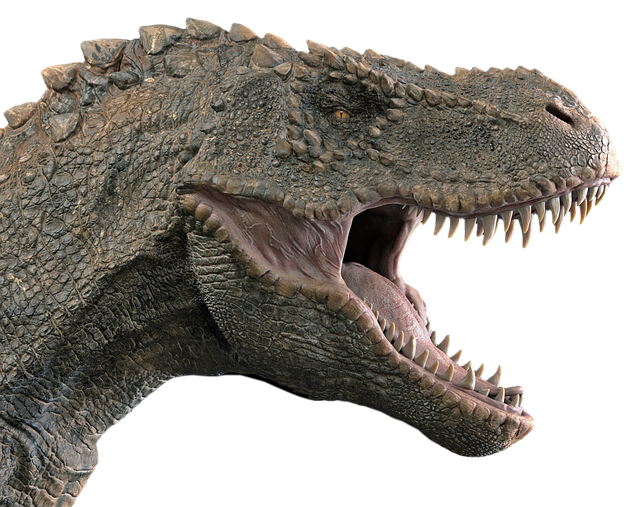Welcome to the first Dinosaur Day!
Dinosaurs are a diverse group of the branch of animals known as Dinosauria. They first appeared during the Triassic period, between 243 and 233.23 million years ago.
Session One – Introduction:
They became the dominant terrestrial vertebrates 201 million years ago.
Terrestrial: living on or in or growing from land.
Vertebrate: having a spinal column.
The fossil record demonstrates that birds are modern feathered dinosaurs.
Fossil Record: A term used by paleontologists to refer to the total number of fossils that have been discovered, as well as to the information found out from those fossils.
Paleontologist: A scientist dealing with the life of past geological periods as known from fossil remains.
Geology: A science that deals with the history of the earth and its life especially as recorded in rocks.
Dinosaurs are a varied group of animals. Birds, at over 10,000 living species, are the most diverse group of vertebrates besides fish.
Using fossil evidence, paleontologists have identified more than 1,000 different species of dinosaurs. Dinosaurs are represented on every continent.
Some were herbivorous, others carnivorous. Evidence suggests that egg-laying and nest-building are additional traits shared by all dinosaurs.
Dinosaurs were both bipedal (on two legs) and quadrupedal (on four legs), and some were able to shift between these stances.
Elaborate display structures such as horns or crests are common to all dinosaur groups, and some extinct groups developed skeletal modifications such as bony armor and spines.
While the dinosaurs’ modern-day surviving avian lineage (birds) are generally small due to the constraints of flight, many prehistoric dinosaurs were large-bodied—the largest sauropod dinosaurs are estimated to have reached lengths of 39.7 meters (130 feet) and heights of 18 meters (59 feet) and were the largest land animals of all time.
Sauropod: Quadrupedal herbivorous dinosaurs of the Jurassic and Cretaceous which having a long neck and tail, small head, and 5-toed limbs on which they walk.
The idea that non-avian dinosaurs were uniformly gigantic is a misconception based in part on the fact that sturdy bones are more likely to last until they are fossilized. Many dinosaurs were quite small: Xixianykus, for example, was only about 50 cm (20 in) long.
Non-avian: Not of or relating to birds.
Since the first dinosaur fossils were recognized in the early 19th century, mounted fossil dinosaur skeletons have been major attractions at museums around the world, and dinosaurs have become an enduring part of world culture.
The large sizes of some dinosaur groups, as well as their seemingly monstrous and fantastic nature, have ensured dinosaurs’ regular appearance in best-selling books and films, such as Jurassic Park.
Session Two – Bones:
This might involve some shopping (for salt and flour) and will involve some cooking.
Activity: Making dinosaur bones.
Some dinosaur bones to look at for ideas.
Don’t forget to put holes in your bones if you want to make dinosaur bone necklaces!
Bake the bones! (3 hours)
(While the bones are baking carry on below)
Session Three – Find out About Dinosaurs:
American Museum of Natural History
Session Four – Draw Dinosaurs:
Activity: Draw a T.Rex head
Session Five – A Dinosaur Timeline:
Activity: Now make your own dinosaur timeline.
Session Six – A Dinosaur Extinction:
Session Seven -Did dinosaurs become birds?
Did dinosaurs become birds? (or at least some of them?)
Session Eight – Collect the Bones:
Activity: Make your dinosaur jewelry /mobiles / keyrings – whatever you choose.
Session Nine – Dinosaur Report:
Activity: Write a short (1 to 2 paragraph) report which can be as factual or imaginative as you wish. What do you think happened to the dinosaurs?
Session Ten – Dinosaur Quiz:
Activity: Plan a dinosaur personality quiz.
Here is a list of dinosaurs to help you.
Dinosaur Deliverables:
- Dinosaur bones.
- T.Rex drawing.
- Timeline.
- Report.
- Quiz.
